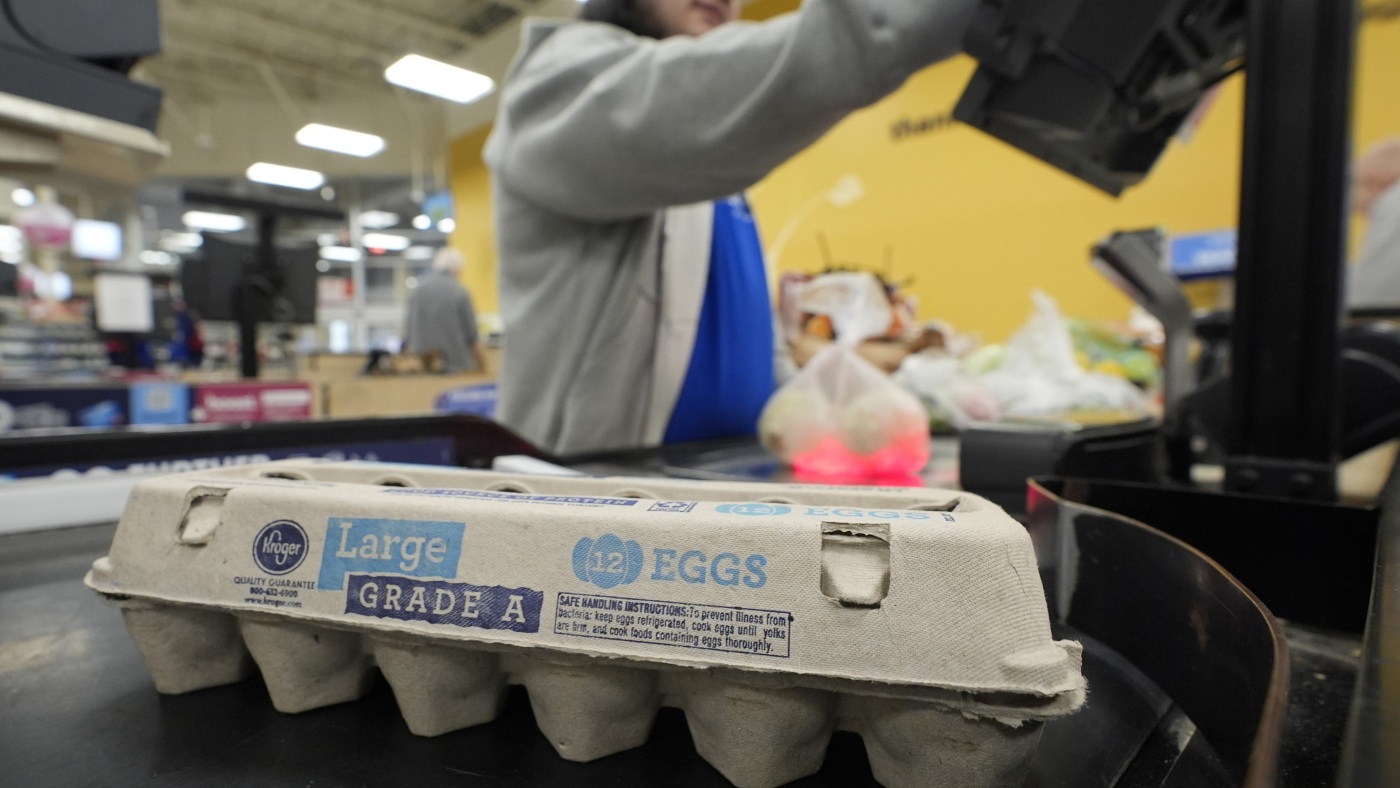“`markdown
The recent rollercoaster of U.S. egg prices—from record highs to sudden drops—reveals a story far more intricate than simple supply and demand. Beneath the surface lies a web of agricultural crises, economic pressures, and shifting consumer habits. Let’s unpack the forces behind this volatility and what it means for the future.
—
The Sudden Drop: A Market in Flux
April’s 12.7% price decline for a dozen eggs (to $5.12) marked the sharpest monthly drop since 1984, a stark reversal after months of relentless increases. This shift followed March’s all-time high of $6.23, a peak fueled by a devastating bird flu outbreak. The dip suggests temporary relief, but the underlying instability lingers.
Key Drivers of the Decline:
– Supply Adjustments: Some farms rebuilt flocks after earlier culls, easing shortages.
– Seasonal Demand Easing: Post-Easter/Passover lulls reduced pressure on prices.
– Import Influence: Increased egg imports helped bridge domestic gaps.
Yet, these factors are fragile. The market remains one outbreak or policy shift away from another spike.
—
Bird Flu: The Unrelenting Disruptor
The highly pathogenic avian influenza (HPAI) outbreak, ongoing since 2022, has culled over 169 million birds—a staggering blow to egg production.
Why It Matters:
– Supply Shock: Fewer hens meant fewer eggs, driving prices up 350% year-over-year at their peak.
– Farmers’ Dilemma: Preemptive flock euthanizations to curb the virus worsened shortages.
– Long-Term Risk: The virus’s persistence means future outbreaks could reignite price surges.
This isn’t just a poultry problem; it’s a systemic vulnerability with ripple effects across grocery bills.
—
Beyond the Farm: Economic and Consumer Forces
Egg prices don’t exist in a vacuum. They’re tangled in broader economic trends:
The April dip hints at rebalancing, but inflation’s lingering effects keep prices elevated compared to pre-crisis norms.
—
Data Tells the Story: CPI and Market Signals
Government metrics like the Consumer Price Index (CPI) reveal telling patterns:
– The 12.7% April drop was historic but followed a 350% annual increase.
– Prices remain 50% higher than 2021 averages, underscoring the crisis’s lasting impact.
These numbers aren’t just statistics—they reflect real pain for consumers and tough choices for producers.
—
Imports: A Double-Edged Solution
Relying on imported eggs helped stabilize supply, but it’s a precarious fix:
– Pros: Imports offset domestic shortages, preventing even steeper price hikes.
– Cons: Proposed tariffs could disrupt this lifeline, risking renewed volatility.
The takeaway? Global trade is now a critical variable in local egg affordability.
—
What’s Next for Egg Prices?
Predicting the market’s trajectory requires weighing competing forces:
Optimistic Signs:
– Flock replenishment could steady supply.
– Bird flu cases may wane (though resurgence risks loom).
Ongoing Threats:
– Inflationary pressures persist.
– Climate-linked disease spread could worsen outbreaks.
The “new normal” might mean higher baseline prices, punctuated by brief respites like April’s drop.
—
Conclusion: A Delicate Equilibrium
The recent price dip offers fleeting relief, but the egg market’s fragility is undeniable. From zoonotic diseases to trade policies, external shocks have exposed how interconnected—and vulnerable—our food systems are. For consumers, the lesson is clear: expect volatility. For policymakers and farmers, the challenge is building resilience against the next disruption.
The humble egg, it turns out, is a mirror reflecting broader economic and environmental instability. Its price isn’t just about breakfast—it’s a barometer of systemic risks we can’t afford to ignore.
“`











